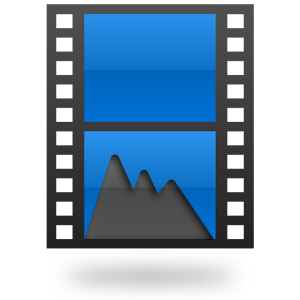A command-line tool that automates renaming of so-called "Scene Release" files by fetching episode names (from TVMaze) and which uses pattern-based generic building blocks (show name, season number, episode number, episode title) to format the output.
Essentially, a Python-based port of Scenery.app which was originally available exclusively for macOS.
The intended goal of this port is to be compatible with more platforms, including NASes. (e.g. WD My Cloud Mirror Gen 2).
Almost all systems running Python have pip. On those systems, installation is as easy as:
pip install scenery- Download a precompiled binary from the releases page (e.g.
WDMyCloudMirrorGen2_scenery_1.0.0.bin(18022019)) - Log into the WD My Cloud Mirror admin interface of your device
- Click "Apps"
- Click "Install an app manually"
- Choose the binary you downloaded previously
- Wait for the confirmation
usage: scenery [-h] [-p PATTERN] [-s] [-e] [-o] [-d] [-v] [-f] path
positional arguments:
path Which path to process.
If a directory is given, it's scanned recursively and all files are processed.
If a file is given, only it is processed.
optional arguments:
-p PATTERN, --pattern PATTERN
Output format pattern. Syntax:
%a - Show name,
%s - Season #,
%n - Season #,
%t - Episode title
(default: "%a S%sE%n %t")
-s, --season-zeroes Leading zeroes in season numbers
-e, --episode-zeroes Leading zeroes in episode numbers
-o, --overwrite Overwrite existing target files
-d, --dry-run Do not do the actual renaming, but just show what
would happen instead
-v, --verbose Output successful actions as well
-f, --force Rename files even if the show name couldn't be
resolvedThe project has been implemented in Python 2 to be compatible with a fairly outdated NAS that is running it. Minimum effort has been done to make this project run on Python 3 (using six).
For the main part of the codebase, PyBuilder is used to do analysis (flake8, coverage), run the tests tests and bundle the package.
git clone /~https://github.com/dachaz/scenery
cd scenery
pybThe NAS-specific part of the codebase is in the wdc folder.
To compile a binary that My Cloud OS3-based NAS will want to install, it needs to be packaged with mksapkg. Since this is a proprietary WD binary, I'm not allowed to include it in the codebase. Furthermore, mksapkg has a bunch of platform-specific dependencies that my machine didn't meet, so I bundled all of them in a Docker image, including a step that downloads mksapkg from WDC. Thus, to build a binary of scenery that will run on your NAS, you just need to have Docker running and run:
./wdc/build.shTo understand the full building process of a My Cloud OS3 binary, please refer to My Cloud OS3 SDK.
Copyright © 2019-2020 Dachaz. This software is licensed under the MIT License.
